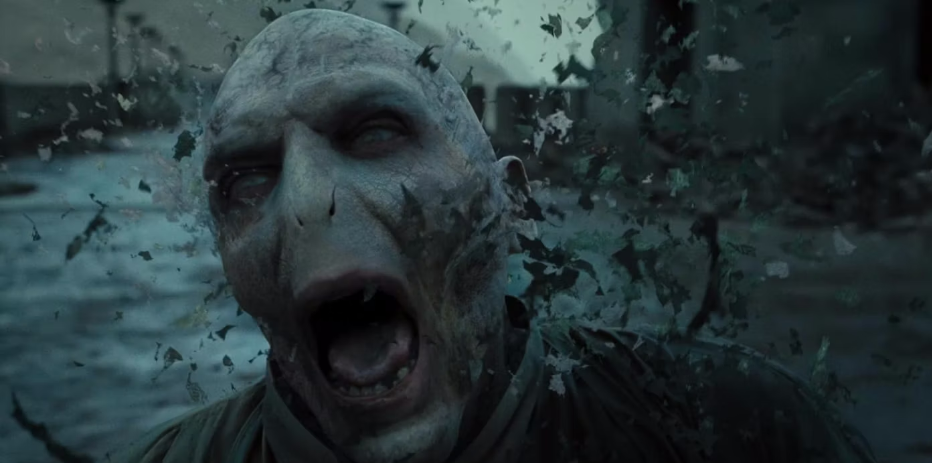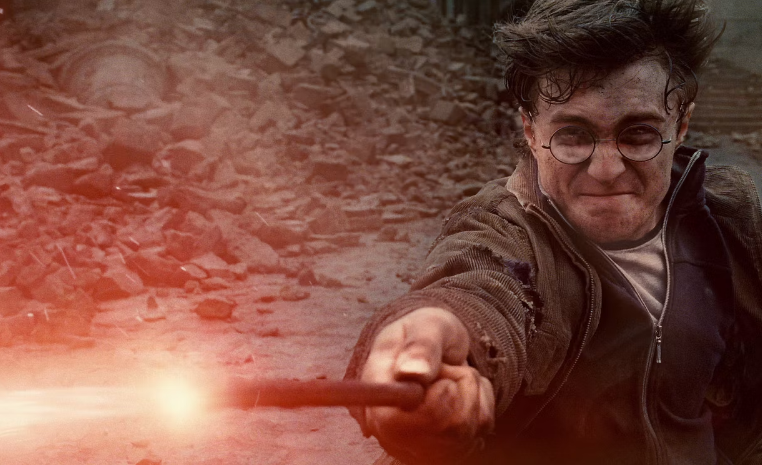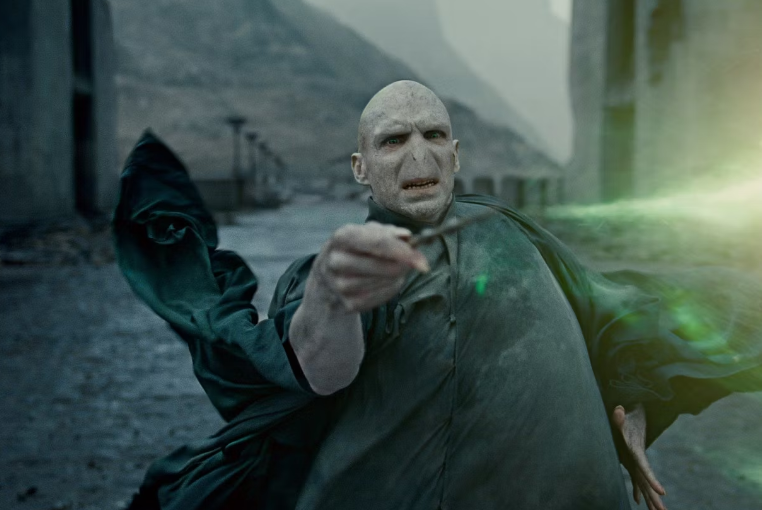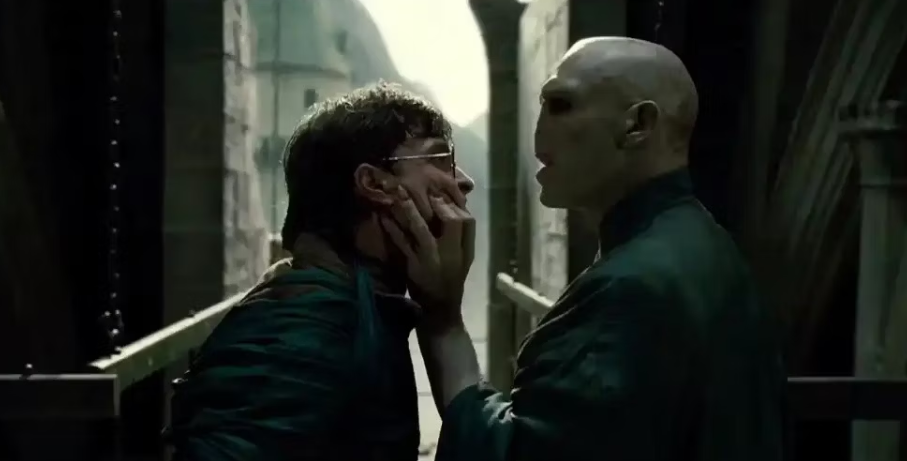Harry Potter, the Boy Who Lived, captured the attention of millions of people both in books and on the big screen. However, while moving from page to screen, a few elements of J.K. Rowling’s magical world were modified, resulting in varying feelings among fans. One grave injustice can be observed in the depiction of the death of Voldemort.
The battle between Daniel Radcliffe’s Harry Potter and Ralph Fiennes’ Lord Voldemort in the movie adaptation of Harry Potter and the Deathly Hallows is visually stunning. But at what cost? The story brings an end to Harry’s mission to destroy Voldemort’s Horcruxes in order to stop him for good. However, the film adaptation of this crucial scene falls short of the impact of the novel’s original scene.

The Harry Potter Films Got Lord Voldemort’s Death Absolutely Wrong
A number of characters, occasions, and locations from the books were altered for the Harry Potter film series. The most significant difference between the Harry Potter and the Deathly Hallows book and the 2011 David Yates film is Voldemort’s death scene. The body of Voldemort in the film dissolves into ash and floats away with the wind, as any fan of the series knows. But according to J.K. Rowling‘s book—Harry Potter and the Deathly Hallows, released in 2007—his death is described as follows:
“Voldemort fell backwards, arms splayed, slit pupils of the scarlet eyes rolling upwards. Tom Riddle hit the floor with a mundane finality, his body feeble and shrunken, the white hands empty, the snake-like face vacant and unknowing.”

On the other hand, the film leaned heavily toward drama. The fight took place outside of Hogwarts; it was briefly halted upon the death of Nagini, Voldemort’s last Horcrux, but it soon resumed. Harry’s spell overpowered the now-weak Voldemort, striking him with it and returning the Elder Wand to Harry’s hand.
At that point, Voldemort’s body started to crumble and his ashes began to drift off into the wind. It was a dramatic death befitting a dramatic character, but the effect was diminished compared to his original death, which was actually even worse.

Lord Voldemort’s Demise Could’ve Been Better?
In 2017, visual effects supervisor Greg Butler revealed to the HuffPost that they had several ideas regarding Voldemort’s demise, one of which involved him turning into a “blackened, charcoal-y tree shape that is growing” before burning to ash.
Butler continued, saying there was a scene in which he was sitting in the courtyard before changing into a “blackened shrub-thing with fingery branches” and then being shaped like a tree because they “had a lot of screen space to fill”.
The idea of the ashes was the only element that was depicted in the movie.

For one thing, fans were not entirely on board with Voldemort’s death in the Harry Potter movies because it was too visually dramatic. Nevertheless, the scene where he crumbles and turns into ashes will stick in memory, especially for viewers who are unfamiliar with the novels.
Naturally, David Yates’ decision to have Voldemort’s body turn to ash could be interpreted as a hint that the latter’s body was weak and fragile by the time all of his Horcruxes were destroyed—possibly even less than human. However, J.K. Rowling’s choice to characterize Tom Riddle’s death as having “mundane finality” demonstrates that Voldemort was always just a man.
Although the Harry Potter films certainly brought J.K. Rowling’s magical world to life on the big screen, the altered ending of Voldemort’s death certainly left an unpleasant taste in the mouths of many avid fans. By emphasizing visual appeal over emotional depth and neglecting key plot points, the films ultimately fell short of the mark.
Harry Potter and the Deathly Hallows: Part 2 is streaming on Max.

